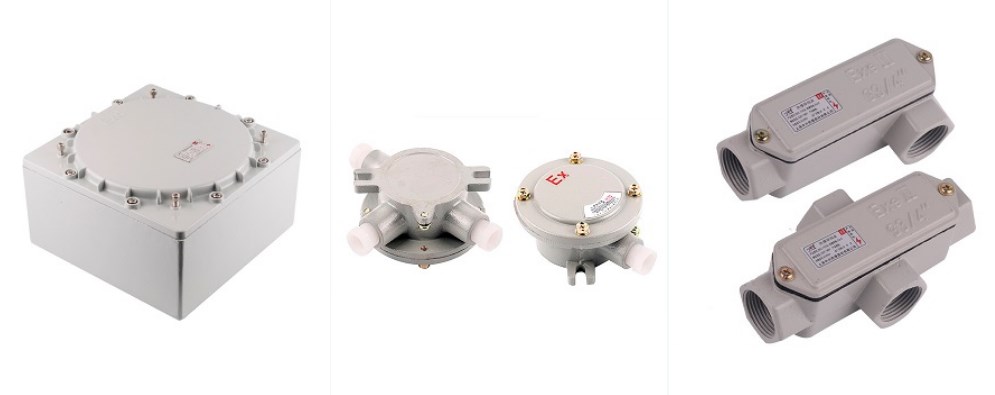It is well known that the protective performance of the equipment enclosure protected by the dust-proof ignition-proof enclosure “t” is a key point that product design focuses on. Therefore, the structural rationality of the gaskets and seals that play a protective role is particularly important.

I. Structural Requirements
In the mating surfaces, compressed gaskets can be used to ensure the effectiveness of the enclosure seal. All gaskets and seals should be of an integral continuous structure, that is, annular and uninterrupted. The structure of the enclosure should ensure the correct position of the gaskets.
If the protection degree of the enclosure depends on the gasket at the enclosure joint and the joint needs to be opened during installation or maintenance, the gasket should be adhered or mechanically fixed to one of the mating surfaces to prevent loss, damage or incorrect installation. The mating surfaces using gaskets should not use additional sealant materials as an auxiliary means for sealing performance.
Hinges should not be used as a means of maintaining the seal, except in cases where the gasket can be properly compressed without causing unexpected movement, stress or deformation of the gasket.
Flexible seals, such as bellows, should not be subjected to excessive stress at any point. Measures should be taken to prevent external mechanical damage, and each end should be mechanically fixed.
Note: The above requirements do not apply to the seals within the cable entry device.
II. Test Requirements
After conducting the shell tests in accordance with the corresponding requirements, pressure tests should be carried out on all test samples, followed by IP protection grade tests.
The standard for “Equipment Protected by Dust Ignition-Proof Enclosures ‘t'” in explosive environments has added a pressure test requirement to assess the protective effect of gaskets and seals. Specifically, the internal pressure should be at least (4 ± 0.4) kPa (for protection level ‘ta’) and (2 ± 0.2) kPa (for protection levels ‘tb’ and ‘tc’), lasting for 60 to 70 seconds.
It should be noted here that:
(a) The cable introduction device and additional enclosures of Ex equipment do not need to undergo pressure tests, except for the sealing gasket that provides protection at the installation joint surface of the introduction device and the enclosure;
(b) If the structure of the Ex equipment can restrict the movement of gaskets and seals, such as “O” rings in grooves or sealing gaskets adhered to one side of the joint surface, pressure tests are not required for Ex equipment with “tb” and “tc” protection levels.
